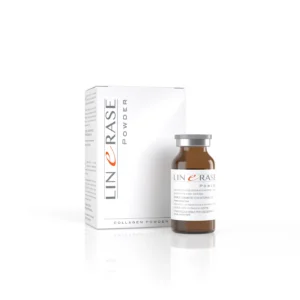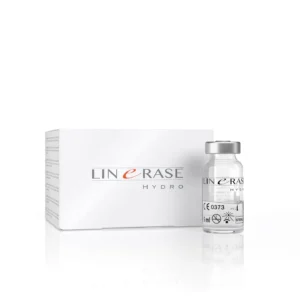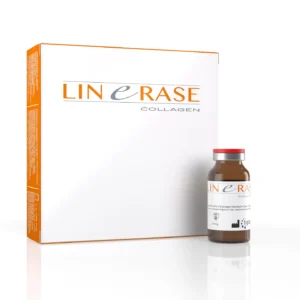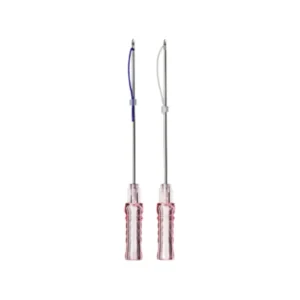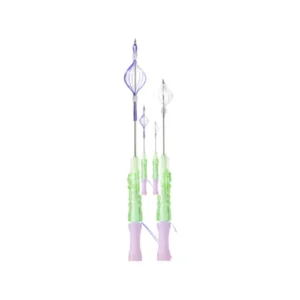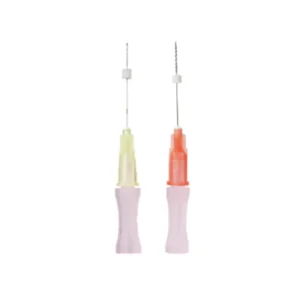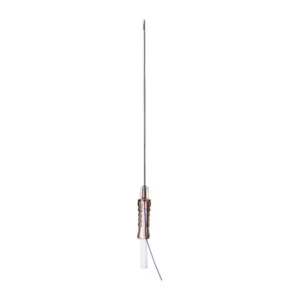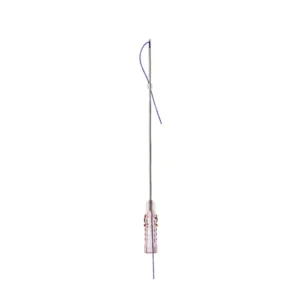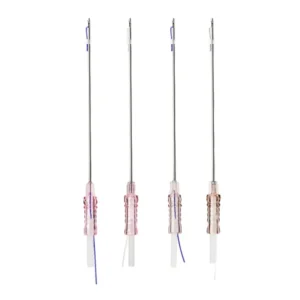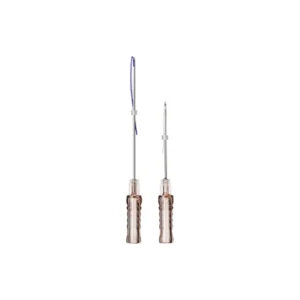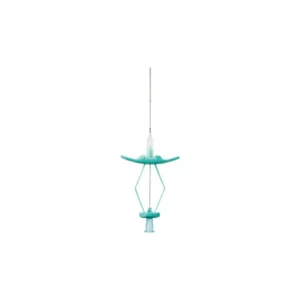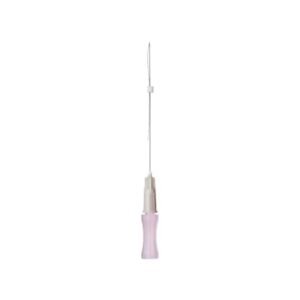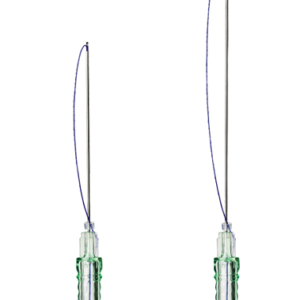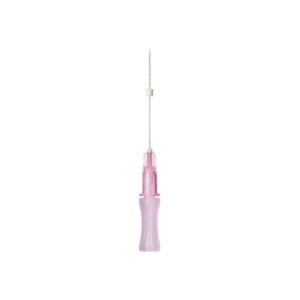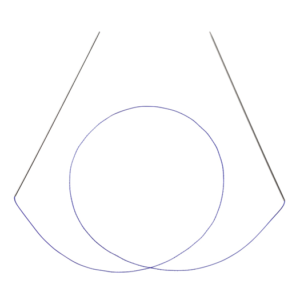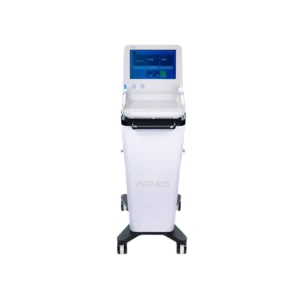Moles (nevi) are common skin growths present in almost every adult. While most moles are benign, changes in size, shape, or color can prompt concerns about melanoma or simply cosmetically motivate their removal. This comprehensive guide explores everything you need to know about mole removal—from medical indications and procedural options to costs, aftercare, and long‑term monitoring. Whether you’re considering cosmetic removal or addressing a suspicious lesion, understanding the methods and expectations will help you make informed decisions and achieve the best outcome.
Why Remove a Mole?
Medical Indications
Suspicious Changes: Rapid growth, irregular borders, multi‑colored appearance, bleeding, or itching may signal melanoma. Dermatologists use the “ABCDE” rule to evaluate moles:
Asymmetry
Border irregularity
Color variation
Diameter >6 mm
Evolution over time
Biopsy Needs: Lesions with concerning features often require excisional biopsy to obtain a definitive pathology report.

Cosmetic Reasons
Placement: Moles on highly visible areas (face, neck, hands) can affect self‑confidence.
Irritation: Moles in friction‑prone sites (beltline, bra straps) may become irritated or inflamed.
Understanding Moles: Biology & Types
A mole is a cluster of melanocytes (pigment‑producing cells) in the epidermis or dermis. There are several subtypes:
Junctional Nevus: Flat, uniformly pigmented, located at the epidermal‑dermal junction.
Compound Nevus: Slightly raised, pigmented, found in both epidermis and dermis.
IntrDermal Nevus: Dome‑shaped, flesh‑colored, situated entirely within the dermis.
Dysplastic Nevus: Atypical mole with irregular features, higher risk for transformation.
Most nevi remain stable; however, any rapid change warrants evaluation by a board‑certified dermatologist.
Pre‑Procedure Evaluation
Before any removal, a thorough assessment ensures safety and appropriateness of the chosen method.
Dermatologic Examination
Visual inspection with dermatoscope to assess pigment patterns.
Measurement and photographic documentation to track changes.
Biopsy Consideration
If malignancy is suspected, an excisional biopsy removes the entire lesion with narrow margins.
Punch or shave biopsy may suffice for sampling flat or small lesions.
Patient Consultation
Discuss risks, benefits, and expected cosmetic outcomes.
Review medical history, anticoagulant use, and allergies.
Mole Removal Methods Compared
| Method | Ideal Lesion Type | Anesthesia | Downtime | Scar Potential |
|---|---|---|---|---|
| Shave Excision | Superficial, raised moles | Local | 1–2 days | Minimal; shallow |
| Surgical Excision & Suturing | Deep or suspicious moles | Local ± sedation | 1 week | Linear scar |
| Laser Ablation | Flat, benign pigmented lesions | Topical or none | 24–48 hours redness | Hypo/hyperpigmentation |
| Cryotherapy | Small, superficial moles | None (numbing spray) | 3–5 days blistering | Minimal but varied |
| Home Remedies | Not recommended | N/A | N/A | High risk of scarring or infection |
Shave Excision
Procedure: A scalpel shaves the mole flush with skin.
Advantages: Quick (5–10 minutes), minimal suturing, low cost.
Limitations: Not suitable for deep or potentially malignant lesions.
Surgical Excision & Suturing
Procedure: Elliptical excision of the mole with a margin of normal skin, followed by layered suturing.
Advantages: Complete removal, pathology available, ideal for suspicious moles.
Limitations: Longer procedure time, sutures removed after 7–14 days, may leave a linear scar.
Laser Ablation
Procedure: Ablative lasers (CO₂ or Er:YAG) vaporize superficial pigmented cells.
Advantages: Precise depth control, good cosmetic outcome for flat moles.
Limitations: Cannot provide tissue for pathology; best for clearly benign moles.
Cryotherapy
Procedure: Liquid nitrogen freezes the mole tissue, causing cell destruction.
Advantages: Low cost, office‑based, no sutures.
Limitations: Less predictable depth control, risk of hypopigmentation or blister formation.
Why to Avoid Home Remedies
Over‑the‑counter remedies (apple cider vinegar, garlic paste) lack scientific backing and carry high risks of infection, burns, and unsightly scars. Always seek professional evaluation.

During & After Your Procedure
What to Expect During Removal
Anesthesia: Local lidocaine injection to numb the area; topical numbing for lasers.
Duration: Most outpatient procedures take 10–30 minutes, depending on method and lesion size.
Comfort Measures: Mild pinch or burning sensation from anesthesia; lasers may produce snapping sounds.
Aftercare & Healing
Wound Care
Keep the site clean and dry for 24 hours.
Apply antibiotic ointment and a sterile dressing as instructed.
Activity Restrictions
Avoid strenuous exercise or sweating for 48 hours.
Do not soak in baths or swimming pools until fully healed.
Scar Minimization
Once closed, begin gentle massage with silicone gel or sheets.
Protect from sun exposure; use SPF 30+ daily to prevent hyperpigmentation.
Signs of Infection
Increased redness, swelling, pain, or discharge—contact your provider immediately.
Risks & Potential Complications
Even routine mole removal carries some risk. Understanding these helps set realistic expectations.
Scarring: All removal methods can leave scars; technique and aftercare influence final appearance.
Infection: Rare but treatable with oral or topical antibiotics.
Pigment Changes: Hypo‑ or hyperpigmentation, especially after cryotherapy or laser.
Recurrence or Regrowth: Incomplete removal can lead to repigmentation; surgical excision lowers this risk.
Missed Diagnosis: Non‑excisional methods (like laser) do not provide tissue for pathology. Always ensure suspicious moles are biopsied.
Cost & Insurance Coverage
| Removal Method | Average Cost (USD) | Insurance Coverage |
|---|---|---|
| Shave Excision | $150–$300 per lesion | Often covered if medically indicated |
| Surgical Excision & Suturing | $300–$800 per lesion | Covered for diagnostic/medical reasons |
| Laser Ablation | $200–$500 per session | Typically cosmetic; not covered |
| Cryotherapy | $100–$250 per session | Sometimes covered if medically indicated |
Medical vs. Cosmetic: Insurance generally covers removal when pathology is required or if the mole poses health risks. Purely cosmetic removals usually require out‑of‑pocket payment.
Consult Your Plan: Verify benefits with your insurer before scheduling.

Prevention & Long‑Term Monitoring
While you cannot prevent most moles, you can reduce skin cancer risk and catch changes early.
Sun Protection
Broad‑spectrum sunscreen (SPF 30+) applied daily.
Protective clothing, wide‑brimmed hats, and sunglasses.
Regular Skin Exams
Self‑exams monthly using a full‑length mirror.
Annual dermatology check‑ups, or more frequently if high‑risk (family history of melanoma).
Photo Documentation
Photograph your moles to track growth or new lesions over time.
Conclusion & Call to Action
Mole removal is a safe and effective way to address both medical and cosmetic concerns. By understanding the different techniques—shave excision, surgical excision, laser ablation, and cryotherapy—you can choose the method that best matches your lesion type and desired outcome. Always consult a board‑certified dermatologist to evaluate suspicious changes and guide you through the process, ensuring tissue sampling when necessary. With proper aftercare, diligent sun protection, and regular monitoring, you can maintain healthy skin and minimize scarring.
If you have a mole that’s changing, bothering you, or simply want it removed for cosmetic reasons, schedule an appointment with a qualified dermatologist today. Early evaluation and professional care are key to both safety and optimal cosmetic results.


